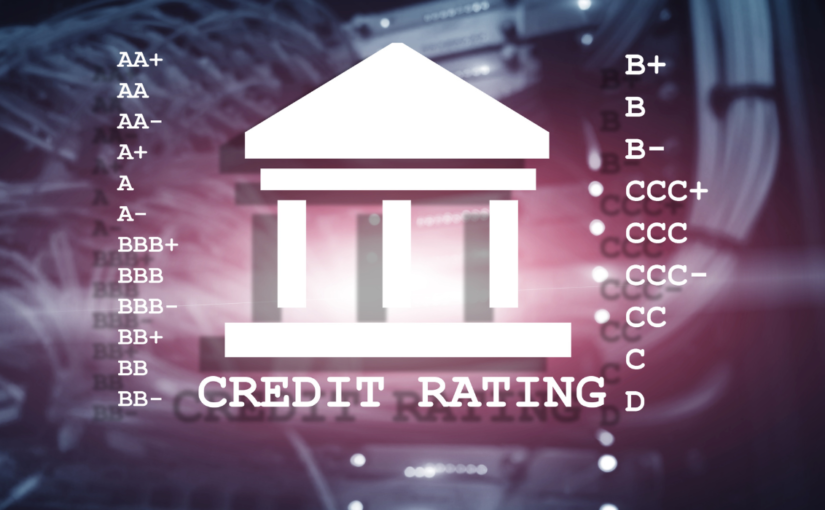back
The Role of the Credit Rating in Office Building Financing
01-2023

The financing options available to a property owner are heavily influenced by credit Rating in Office Building Financing. While a bad credit rating can restrict options and raise the cost of financing, a good credit rating can open doors to better terms and lower interest rates.
One of the first things that lenders consider when a building owner or developer requests financing for an office building is the borrower’s creditworthiness. The credit score is relevant in this situation. A credit rating, which is determined by a credit rating agency like Moody’s, Standard & Poor’s, or Fitch, is a gauge of a borrower’s capacity to repay a loan.
Generally speaking, a good credit rating falls into the “investment grade” range, which runs from AAA to BBB-. The lowest default risk is correlated with investment grade ratings, which are thought to be the most creditworthy. The likelihood of obtaining financing with favorable terms and lower interest rates is higher for buildings with investment grade ratings.
On the other hand, structures with lower credit ratings, also referred to as “non-investment grade” or “junk bond” ratings, are thought to be riskier and might find it more difficult to get financing. For these kinds of structures, lenders might impose stricter conditions and higher interest rates.
The credit rating of a building can affect its value in addition to affecting the financing options that are available. An attractive building to tenants and investors will have a higher value than one with a low credit rating, which will have the opposite effect.
So how is the credit rating of a building determined? The strength of the local economy, the occupancy rate of the building, and its general condition are among the factors that the credit rating agencies take into account. They also take into account the owner or developer of the building’s financial standing and their capacity to repay the loan.
Keeping a high occupancy rate is one way for a building owner or developer to raise their credit score. A fully leased building is thought to be a safer investment than one that isn’t. Strong local economies also increase a building’s likelihood of maintaining a high occupancy rate, which raises the building’s credit rating.
The general state of a building can also have an effect on its credit rating. Buildings that are well-maintained are more likely to draw tenants and investors, making them safer investments. Building owners and developers should make regular upgrades and maintenance investments to keep the structure in good shape.
In the end, a Credit Rating in Office Building fianancing plays a significant role in determining the financing options available to the owner or developer. While a bad credit rating can restrict options and raise the cost of financing, a good credit rating can open the door to more favourable terms and lower interest rates. Building owners and developers can take measures to raise their credit score, such as keeping a high occupancy rate, making regular maintenance and improvement investments, and conducting business in an area with a thriving local economy.
It’s crucial to remember that credit rating is a continuous process. The process is ongoing, and a building’s credit rating may change over time. Building owners and developers should keep a close eye on the credit rating of their buildings and take action to maintain or raise it. This can involve settling unpaid debts, maintaining a high occupancy rate, and seeing to the building’s upkeep.
Transparency is a crucial component of Credit Rating in Office Building Financing. The credit rating of a building should be disclosed by building owners and developers to prospective tenants and investors. Due to their higher likelihood of being able to pay their rent and other obligations on time, these factors may help to draw in investors and tenants of higher caliber. Building trust and credibility with lenders by being open and honest about a building’s credit rating can make it simpler to get financing in the future.
In conclusion, a crucial component of financing office buildings is credit rating. Building owners and developers should regularly monitor their building’s credit rating and take action to maintain or improve it because it is an ongoing process that can change over time. In order to attract investors and tenants of higher caliber who are more likely to be able to pay their rent and other obligations on time, building owners and developers should be transparent about the credit rating of their building to prospective tenants and investors. Building trust and credibility with lenders by being open and honest about a building’s credit rating can make it simpler to get financing in the future.
F2H Capital Group is a debt advisory firm specializing in negotiating the best terms for your commercial real estate projects. The company offers a range of financial products and services, including fixed loans, bridge loans, and construction loans across all asset types. Please contact us for any of your financing needs.

